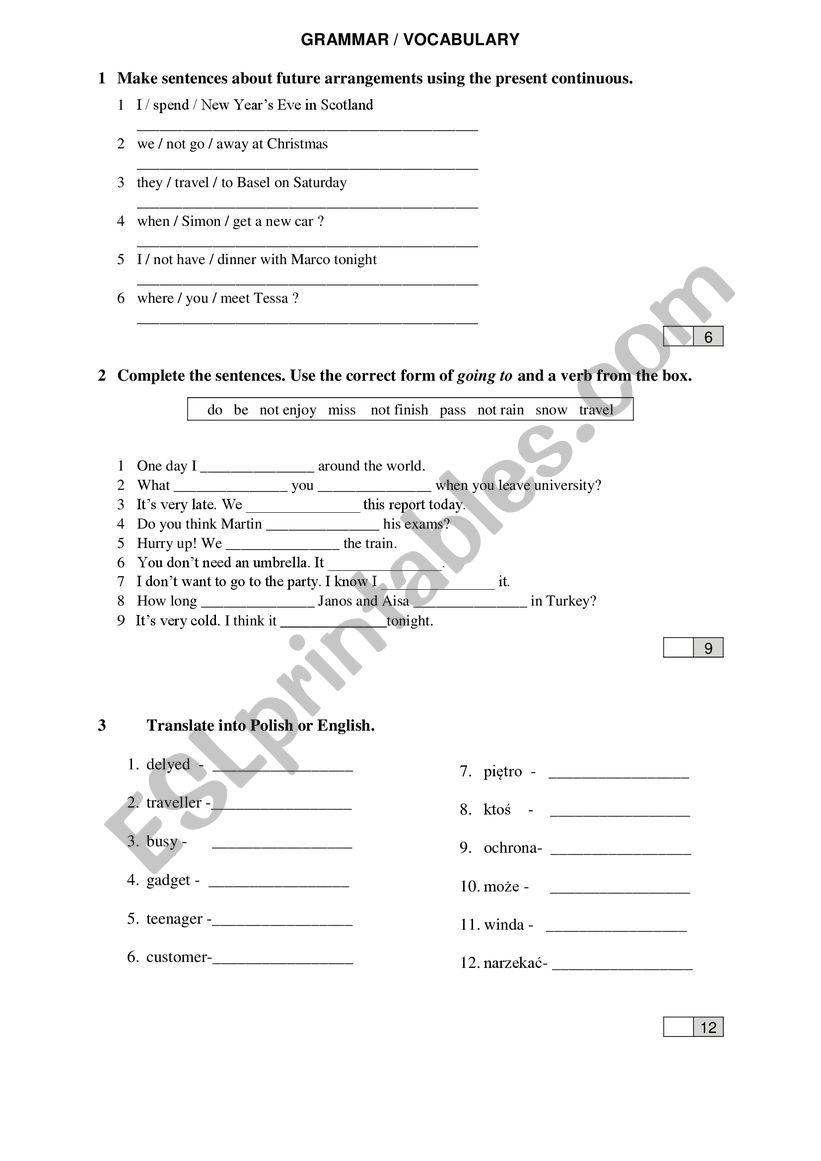

I do see that cultural identities are missing which would be important when considering the audience (although the demographic information in the audience chapter is covered quite well). This textbook has the classic coverage of most Public Speaking textbooks today with an emphasis on ethics. Reviewed by Emily Wilkinson Stallings, Faculty Member - Senior Instructor, Virginia Tech on 5/19/21

Solid textbook all around and introduces students to public speaking in highly effective ways. Information is divided into sections, and smaller 'chunks' so it makes reading chapters more bearable and allows students the opportunity to stop reading and pick up right where they left off easily without missing anything that is being presented to them.Įverything is well organized throughout, chapters flow clearly and logically.įor the type of class that this text is for, it did a fine job here and was not insensitive or offensive. Following the same format/structure from chapter to chapter prevents surprises so students know exactly what to expect. Even when that happens, the overall content will still be accurate, it will only need to be more modernized.Įverything presented in this text is very easy to understand and easy to follow.Įach chapter pretty much follows the same format and flow, and has information divided into sections. There is no author biases, this was a well written text and had no errors in what was being presented.Įverything is relevant today, and will likely continue to be for some time before edits need to be made. The only additions could be an index and glossary. While I did feel that some topics could have been given their own entire chapter though, all the major concepts were still touched on. Content wise, this text really covered everything there is to know about public speaking I feel.

I especially liked the section on ethical public speaking, as a lot of other public speaking texts do not touch on this. This text covers a wide range of topics, all of which are important for students to be aware of for a public speaking text. Reviewed by Caleb Lamont, Adjunct Faculty in Communication Studies, Eastern Oregon University on 6/13/21 Otherwise, the need for specific instances of cultural relevance are less necessary that other items. For anyone adapting this ebook to their own course, a course director could easily add ideas endemic to their local community in a way that would make great sense to their students. The book's relevance to culture is simplistic, but effective. The variety of ways in which to engage with the book is wonderful, and there seem to be no interface issues with any of them. A clever instructor might even point this out to their students to push the idea of how well topic organizational patterns work in public speaking. The real strength of the book's organization lies within the way each chapter is laid out in sub-points. The chapters are organized as you would expect to see in a book used for a 15 week semester. The chapters themselves are consistent in their format, but the variety of visual aids could be problematic for some students. Students today are often more prone to need a consistent approach to layouts. The variety of visuals is both a benefit and a potential issue. I would need a few semesters of working with the book to be certain, but it does not seem to contradict itself after my first viewing. The book may be slightly tedious in upper level courses, but this is clearly a fundamental course book and should only be used as such. The points in each chapter are accessible to introductory scholars.
#SPEAK UNIT TEST UPDATE#
The good news is that anyone choosing to adapt this book for their own course can choose to update this chapter or omit it as they see fit. The rapidly changing landscape of visual aids makes chapters on them, in any level of communication textbook, difficult to keep relevant. While this approach will work well for most avenues of student, students in communication majors would benefit from additional nods to early scholars such as Quintillian, Ciscero, and Aristotle.įor the most part this text holds up well across each chapter with the possible exemption of chapter 15 concerning presentation aids. The content is accurate, but sometimes ignores the historical birth of the ideas in favor of more recent discussions. The chapters cover what you hope and expect from an introductory level public speaking textbook.

Reviewed by Christopher Anderson, Adjunct Faculty, Bristol Community College on 6/21/21


 0 kommentar(er)
0 kommentar(er)
